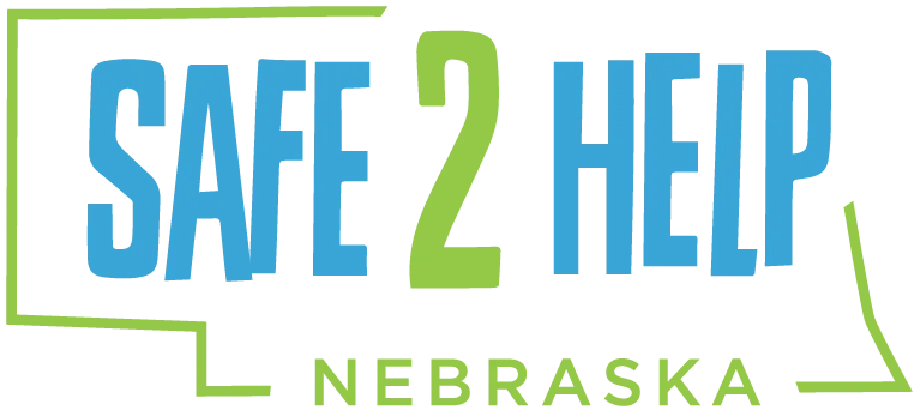Restraint and Seclusion of Students
Restraint and seclusion are behavioral interventions, not educational techniques. They are limited to exigent circumstances and situations that necessitate their use to protect the safety of the student, other students, staff and property. When used as safety intervention, they should be used as methods of last resort. When used as behavior intervention, they must be used according to the terms of this policy.
This policy does not cover interventions such as voice control, limited to loud, firm commands; time-limited ignoring of specific behaviors; brief physical prompts to interrupt or prevent a specific behavior; physical interventions which a student’s health care provider has indicated are medically necessary for the treatment or protection of the individual; or other similar interventions.
I. Seclusion
A. Definition
1. Seclusion is a last resort emergency safety intervention that provides an opportunity for the student to regain selfcontrol. Seclusion is the confinement of a student in a room or other space from which the student is physically prevented from leaving and which provides for continuous adult observation of the student.
2. A room or area used for seclusion:
a. must not be locked;
b. must not prevent the student from exiting the area should staff become incapacitated or leave that area;
c. must provide for adequate space, lighting, ventilation, viewing, and the safety of the student.
B. Timeout
1. Timeout is a behavior intervention in which a student, for a limited and specified time, is placed in an environment where access to positive reinforcement is unavailable.
2. Timeout should not be confused with seclusion because a student’s movement in a timeout setting is not physically restricted.
3. Timeout lies within a continuum of procedures that help students self-regulate and control their behavior.
C. Seclusion is inappropriate for students who are severely selfinjurious or suicidal.
D. Time and Duration
1. Emergency seclusion should be used only as long as necessary to allow a student to regain control of his/her behavior, but generally:
a) Elementary school students – no longer than 15 minutes; and
b) Middle and high school students – no longer than 20 minutes.
c) If an emergency seclusion lasts longer than the suggested maximum time, the staff member should:
(1) summon additional support (e.g., change of staff, introducing a nurse or specialist, obtaining additional expertise); and
(2) document the need to explain the extension beyond the time limit.
E. Staff Requirements While using seclusion, staff must:
1. involve appropriately-trained key identified personnel to protect the care, welfare, dignity, and safety of the student;
2. continually observe the student in seclusion for indications of physical distress and seek medical assistance if there is a concern; and
3. document observations.
II. Restraint
There are three types of restraint: physical, chemical, and mechanical.
A. Physical restraint involves direct physical contact that prevents or significantly restricts a student’s movement.
1. Restraint is a last resort emergency safety intervention. Restraint is an opportunity for the student to regain self-control.
2. This policy on physical restraint is not intended to forbid actions undertaken:
a. to break up a fight
b. to take a weapon away from a student
c. to hold a student briefly in order to calm or comfort
d. to escort a student physically from one area to another location within the school building
e. to assist a student in completing a task/response if the student does not resist or resistance is minimal in intensity or duration.
f. to hold a student briefly in order to prevent an impulsive behavior that threatens the student’s immediate safety (e.g., running in front of a car).
B. Chemical restraint is the administration of medication for the purpose of restraint.
1. The school district will not, under any circumstances, engage in chemical restraint.
2. Chemical restraint does not apply to medication prescribed by and administered in accordance with the directions of a physician.
C. Mechanical restraint means the use of any device or material attached to or adjacent to a student’s body that restricts normal freedom of movement and which cannot be easily removed by a student.
1. Mechanical restraint does not include:
a. an adaptive or protective device recommended by a physician or therapist (when it is used as recommended).
b. safety equipment used by the general student population as intended (for example, seat belts, safety harness on school transportation).
III. Limitations in Use
A. Seclusion and/or restraint shall not be used:
1. for the convenience of staff;
2. as a substitute for an educational program; or
3. as a form of discipline/punishment.
IV. Recurring Behavior
A. If a pattern of behavior emerges, or is anticipated, which may require the use of emergency seclusion, the school personnel must:
1. conduct a functional behavioral assessment;
2. call a meeting of the student’s IEP team to develop or revise a positive behavior intervention plan to facilitate the reduction or elimination of the use of seclusion and/or restraint
B. Given the limited size and training of the school district’s staff, students whose behavior routinely requires seclusion and restraint may not be able to be served in the school district and may require a placement out of the school district.
V. Prohibited Practices
A. The following are prohibited under all circumstances, including emergency situations:
1. corporal punishment;
2. the deprivation of basic needs;
3. anything that constitutes child abuse;
4. the seclusion of preschool children; and
5. the intentional application of any noxious substance(s) or stimuli which result in physical pain or extreme discomfort
